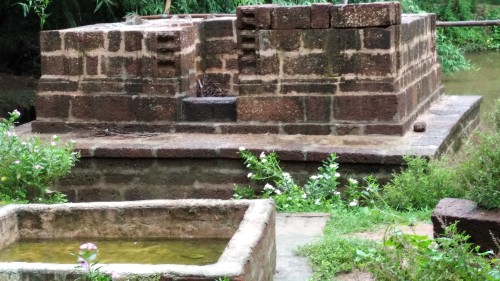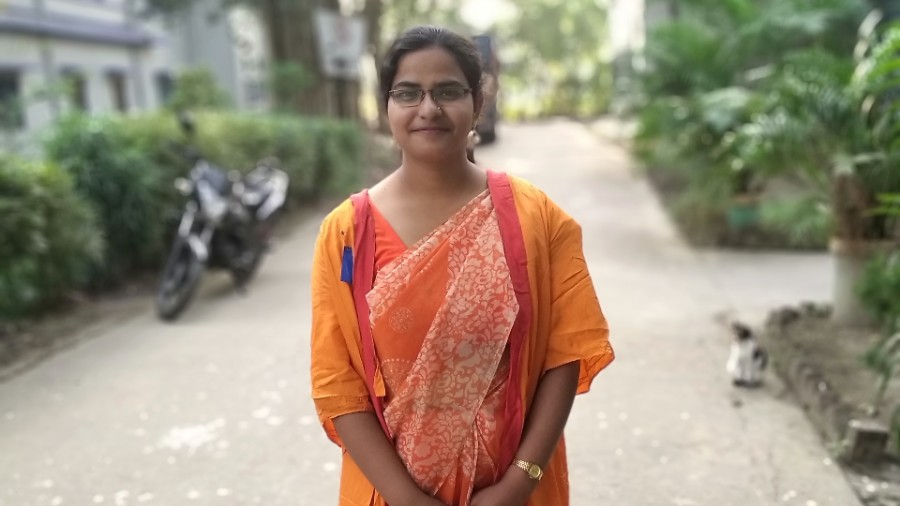Twenty years ago in Bankura, a little girl used to accompany her father to a nearby forest every day to collect leaves. The father worked as a daily wager; he would collect leaves for a living, stitch them to make small plates and sell them to local sweet shops. On their way back, when they crossed the crumbling Shiva temple at Kuchiakol village under Joypur block, the girl, Pinki Paul, would bow devoutly.
The 250-year-old shrine was built by the Malla dynasty. “From the seventh century right up to the advent of the British, the history of Bankura has been coterminous with the rise and fall of the Malla kings. Those kings and wealthy merchants had recreated Vrindavan in and around both Bishnupur and Joypur by erecting several well-sculpted temples. Many such shrines are now left abandoned at Kuchiakol,” says local historian Kali Shankar Roy.
Experts say the Malla sculpture is primarily divided into two techniques. Earlier specimens mostly consisted of temples made entirely of laterite stone, while later, the Malla kings were much taken up with the terracotta style.
Pinki was always told not to go anywhere near such shrines — “Mind you! They are snake infested” was the standing cautionary notice. And yet the temple, though simple and small, was an extension of her home. She says, “Even as a child, I was drawn to it. It felt as if the layers of history were waiting to tell me their stories.”
The daughter of a daily wager is currently doing her PhD from IIT Mumbai. She tells The Telegraph that right through her student days she nurtured a wish — that one day she would renovate the deserted laterite shrine. And ever since she started earning a stipend, Pinki has been contributing to her dream project.

Some remains of the temple in Kuchiakol Sourced by The Telegraph
The temple had been built originally with very little mortar and on the perfect setting of stones. Any major restoration work needs a resetting, which is what is happening now. The dismantled pieces have been numbered and kept aside for reuse. The material used is lime mortar mixture, and the work has been completed till the foundation level.
Pinki has gone ahead with this work with permission from the panchayat body. “We are aware of the initiative undertaken by her with her personal savings,” says Nabakumar Ruidas, former president of the Joypur Panchayat Samity. “Every heritage structure cannot get the same attention from the Archaeological Survey of India (ASI) as do the structures with national importance. But restoration initiatives done scientifically by the state archaeological body, NGOs or any private party are welcome,” says Shubha Majumder, superintending archaeologist of the ASI, Calcutta circle.
Throughout, Pinki has had her parents’ support. She has never sought institutional support. “Some people,” she thinks for a moment and says, “...were a bit confused. They are of the opinion that had I not spent this money for the temple job, I could have used it for our livelihood.” She continues, “Others think I am a religious person. I am religious, but this is not about what faith I follow. It is a personal tribute.”











